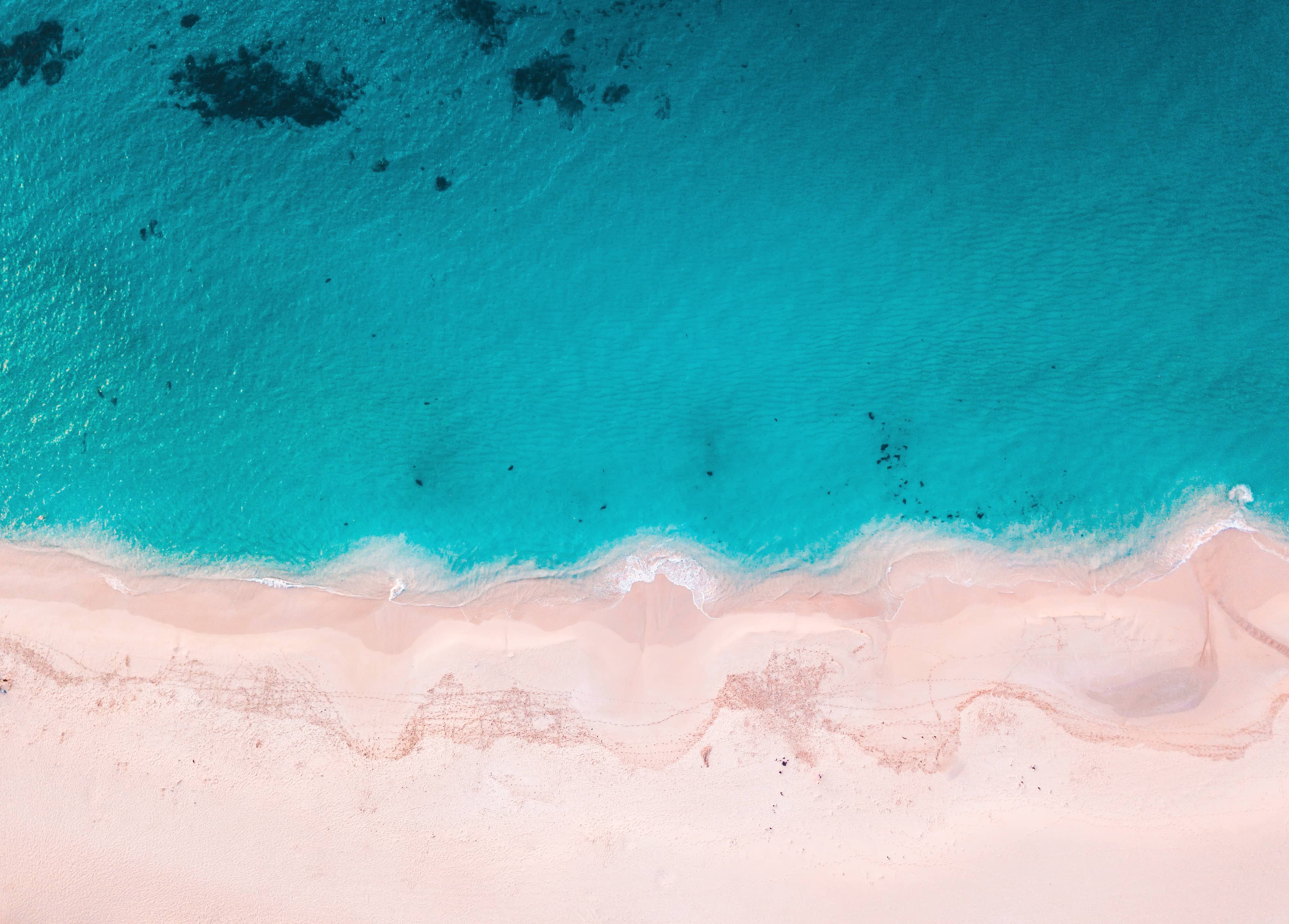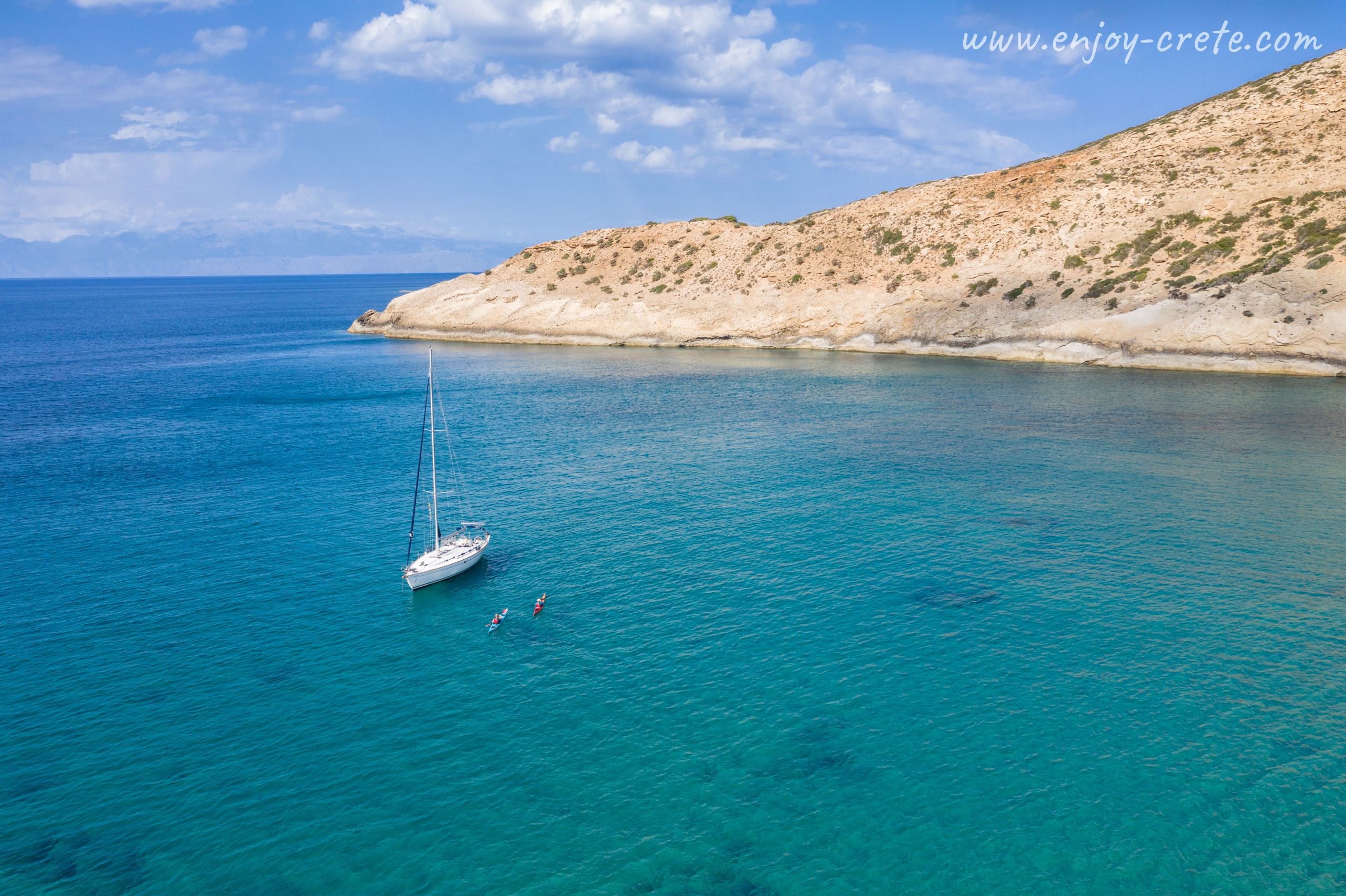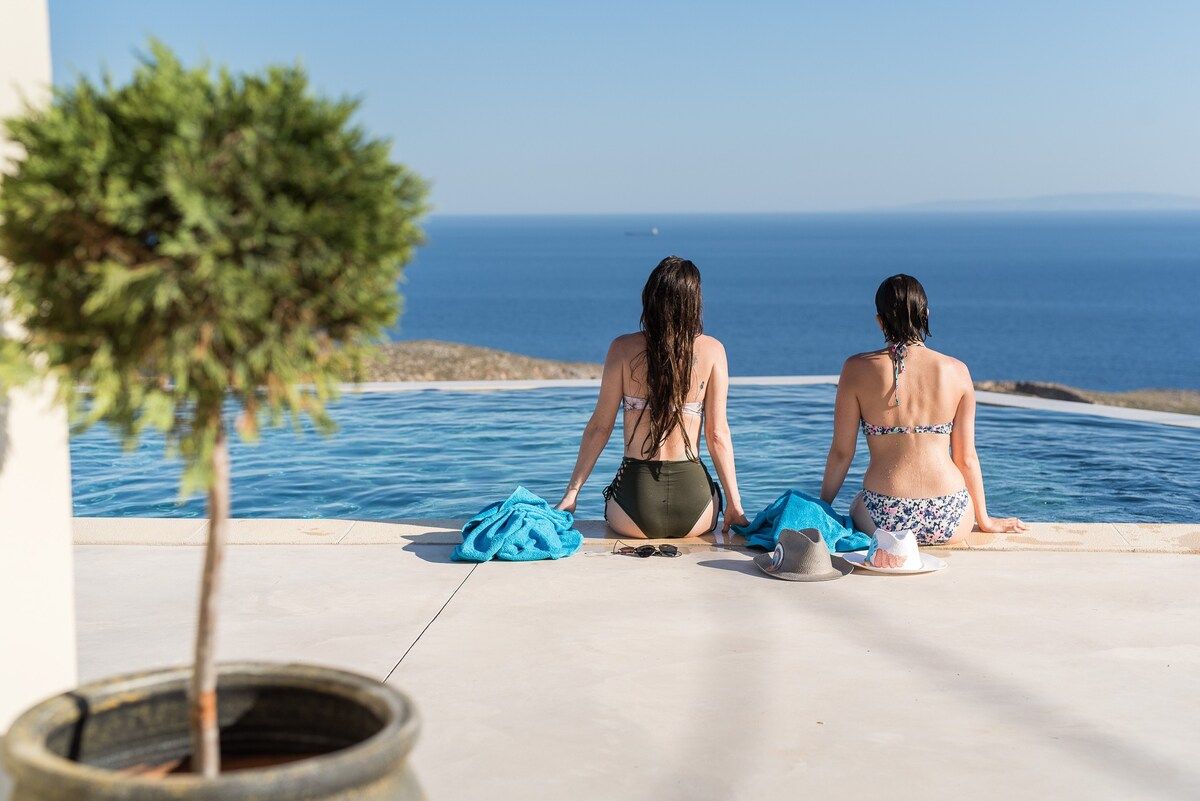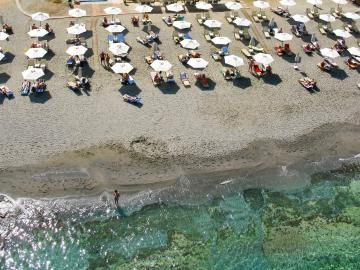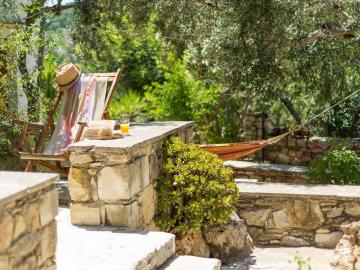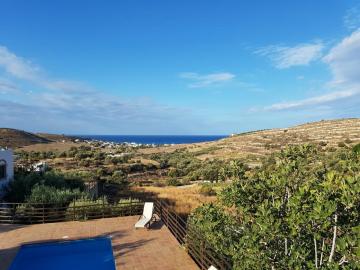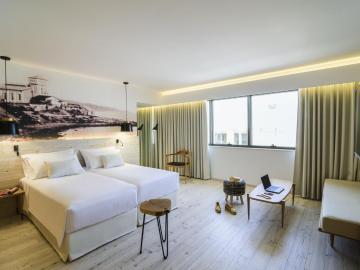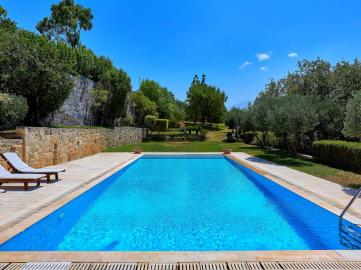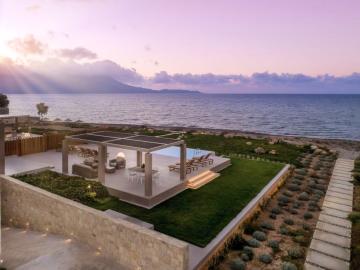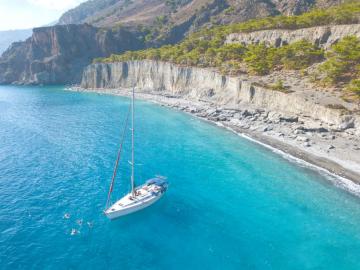
Search
your hotels
Brilliant places to stay
For people who love special
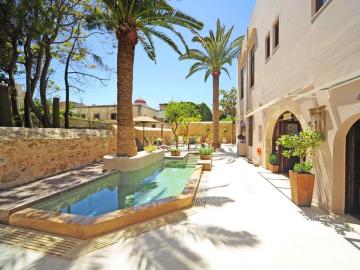
OFFER
Pepi Boutique Hotel
The Pepi Boutique Hotel, a small family-run, boutique, adults-only hotel in the heart of Rethymno...
Start From € 60
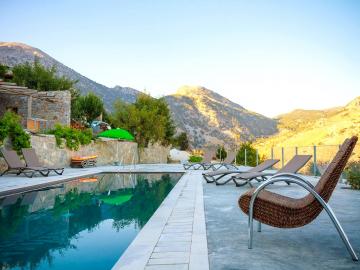
OFFER
Pezoulia Traditional Houses - Selakano
Pezoulia Traditional Guest Houses - Residences is a complex of four independent residences with a...
Start From € 120
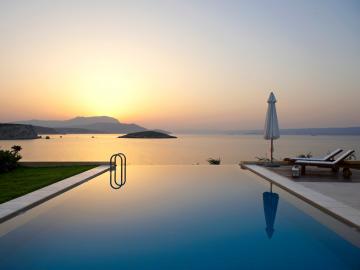
OFFER
SK Place Crete Luxury Seafront Villas
It doesn’t get any better than this ...
You have to see it to believe it, a truly...
Start From € 450
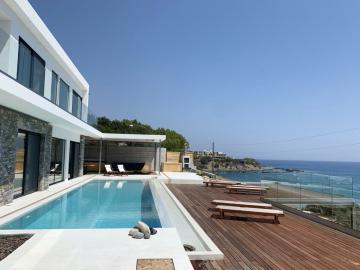
Villa Ammos - Ferma - Crete
Where the eye meets the horizon ...
Stunning sea views, peace, tranquillity, an...
Start From € 350
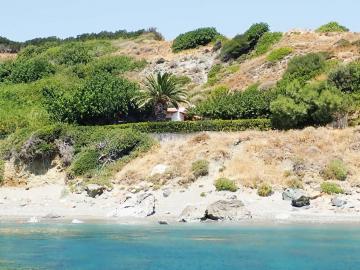
The Old Fishermen’s House Anatolika - South Rethimno
Less is more!
The Old Fishermen's House Anatolika is located a few metres away from a...
Start From € 81
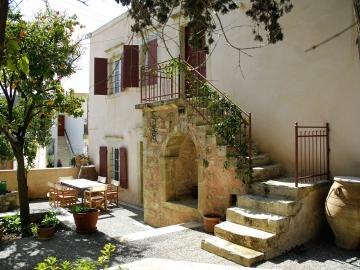
Siornikoletos Cretan Home
Sior Nikoletos Cretan House, discover the charm of Southern Crete staying at an ideal holiday...
Start From € 99
Our Most Popular Activities
For the most memorable experiences

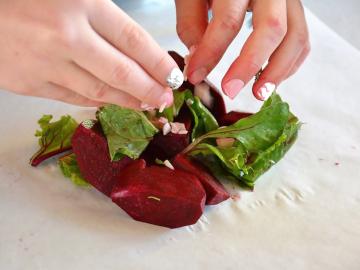
One Day Gastronomy Course Include Local Market Of Chania Visit & Cooking Course
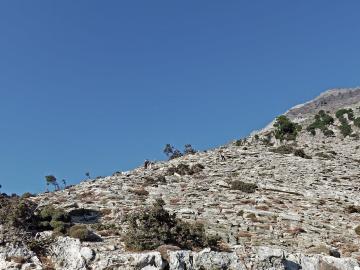
Psiloritis - Guristi Mountain Hiking Trip
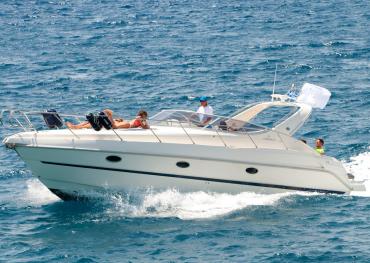
Afternoon Yacht Cruise to Kolokitha Island Enjoying The Sunset
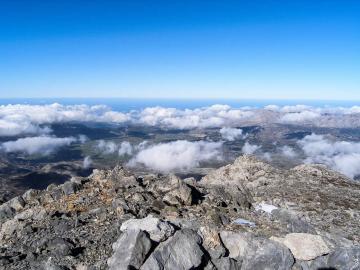
Spathi Hiking - Day Trip
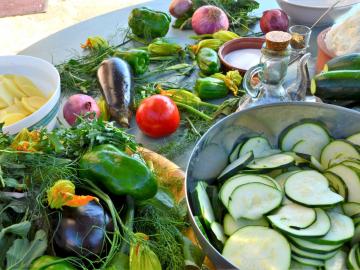
Vegan & Vegetarian Artisan Cooking Experience - Holidays in Crete
Offers to not miss
Discover our most tempting deals & offers

